From the earliest days of concentrated settlement, New Yorkers struggled to find enough fresh water to sustain the city’s growing population. The rivers and bays surrounding the city were too brackish to drink; local sources, including shallow wells and fresh water ponds, quickly became contaminated by dense clusters of people, animals, and industry. By the early 19th century, after particularly devastating brushes with disease and fire, city leaders were ready for a more radical solution. Constructed between 1837 and 1842, the Croton Aqueduct carried fresh water from the Croton River in Westchester, New York down a 41-mile, gravity fed course of pipes all the way into Manhattan. The Aqueduct proved to be one of the largest and most ambitious infrastructure projects of its time, vastly improved hygiene, health, and fire prevention in the growing city. Source: Gerard T. Koeppel, Water for Gotham: A History (Princeton, NJ, 2000). Written by Dr. Brett Palfreyman



Painted North American Salt-Glazed Stoneware Storage Container
(ca. 1825 - Early 20th century)
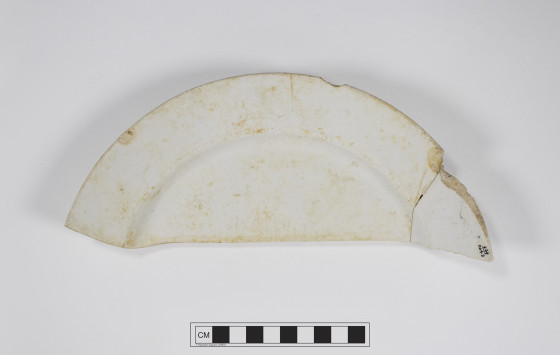
White Granite Plate
(1840 - 1981)
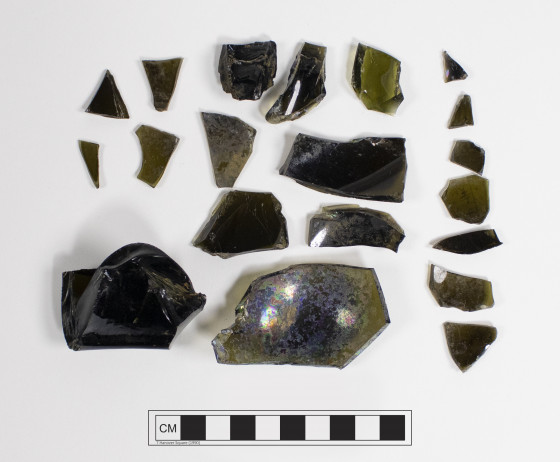
Glass Wine-Style Bottle
(19th Century)
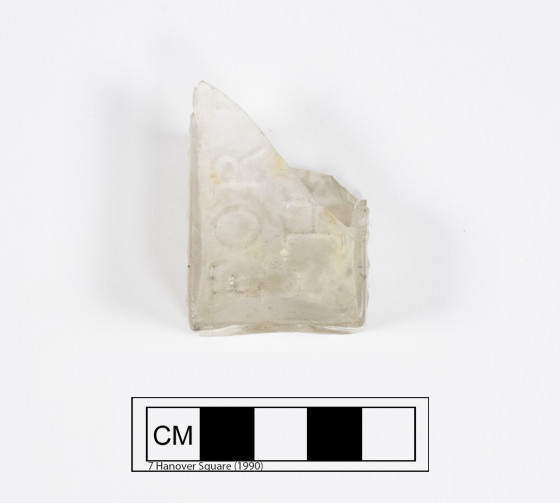
Glass Medicine Bottle
(1810)

Pearlware Baker
(1770 - 1981)

Creamware Chamber Pot
(1770 - 1890s)
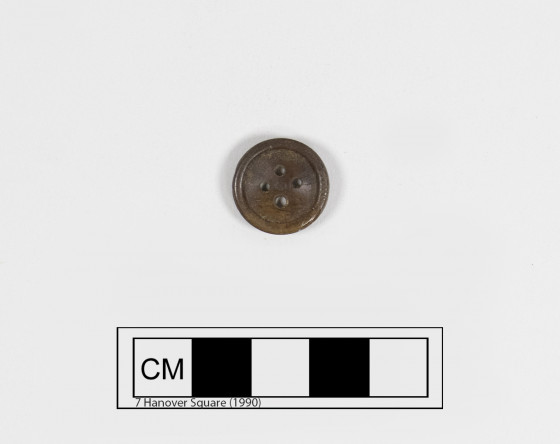
Four-Hole Horn Button
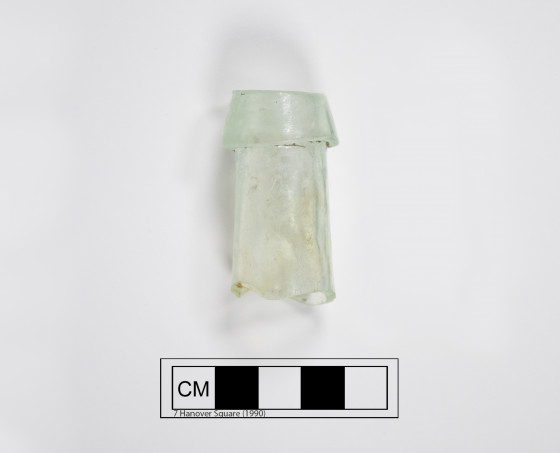
Glass "Florida Water" Bottle Neck/Finish
(1840 - 1860)
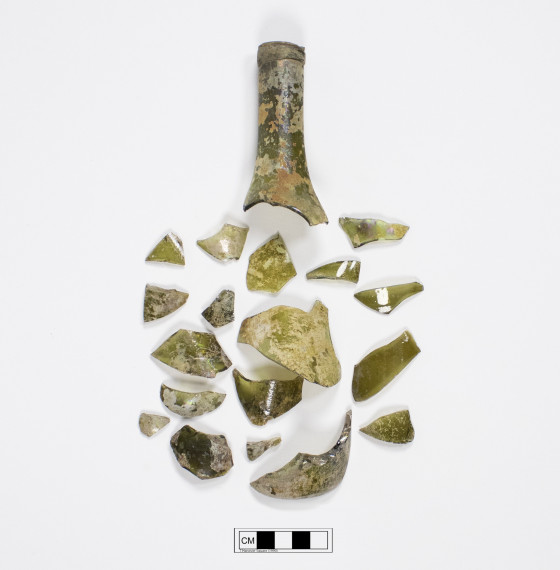
Glass Wine-Style Bottle
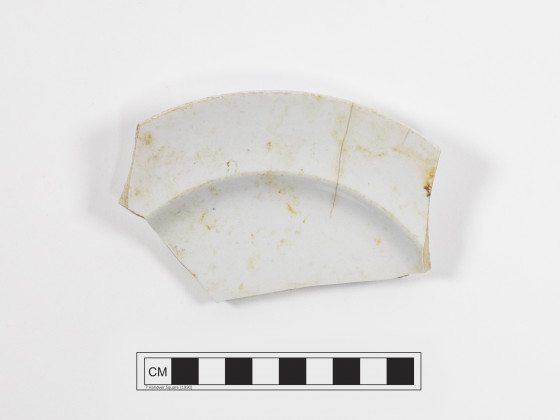
White Granite Muffin Plate
(1840 - 1981)
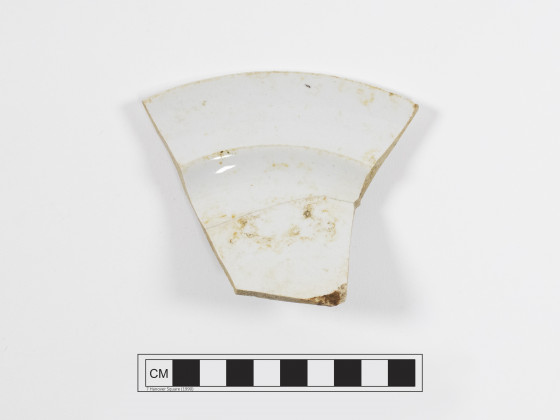
White Granite Plate
(1840 - 1844)
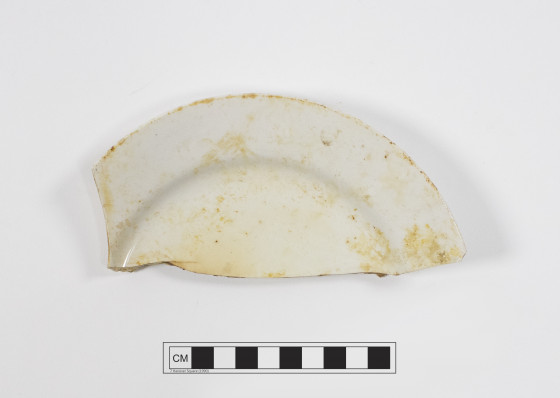
White Granite Twiffler Plate
(1840 - 1981)

London-Shaped Whiteware Bowl
(1802 - 1880)

Scalloped White Granite Rim Sherd
(1840 - 1844)

Painted North American Salt-Glazed Stoneware Storage Container
(ca. 1825 - Early 20th century)

White Granite Plate
(1840 - 1981)

Glass Wine-Style Bottle
(19th Century)

Glass Medicine Bottle
(1810)

Pearlware Baker
(1770 - 1981)

Creamware Chamber Pot
(1770 - 1890s)

Glass "Florida Water" Bottle Neck/Finish
(1840 - 1860)

White Granite Muffin Plate
(1840 - 1981)

White Granite Plate
(1840 - 1844)

White Granite Twiffler Plate
(1840 - 1981)

London-Shaped Whiteware Bowl
(1802 - 1880)

Scalloped White Granite Rim Sherd
(1840 - 1844)
